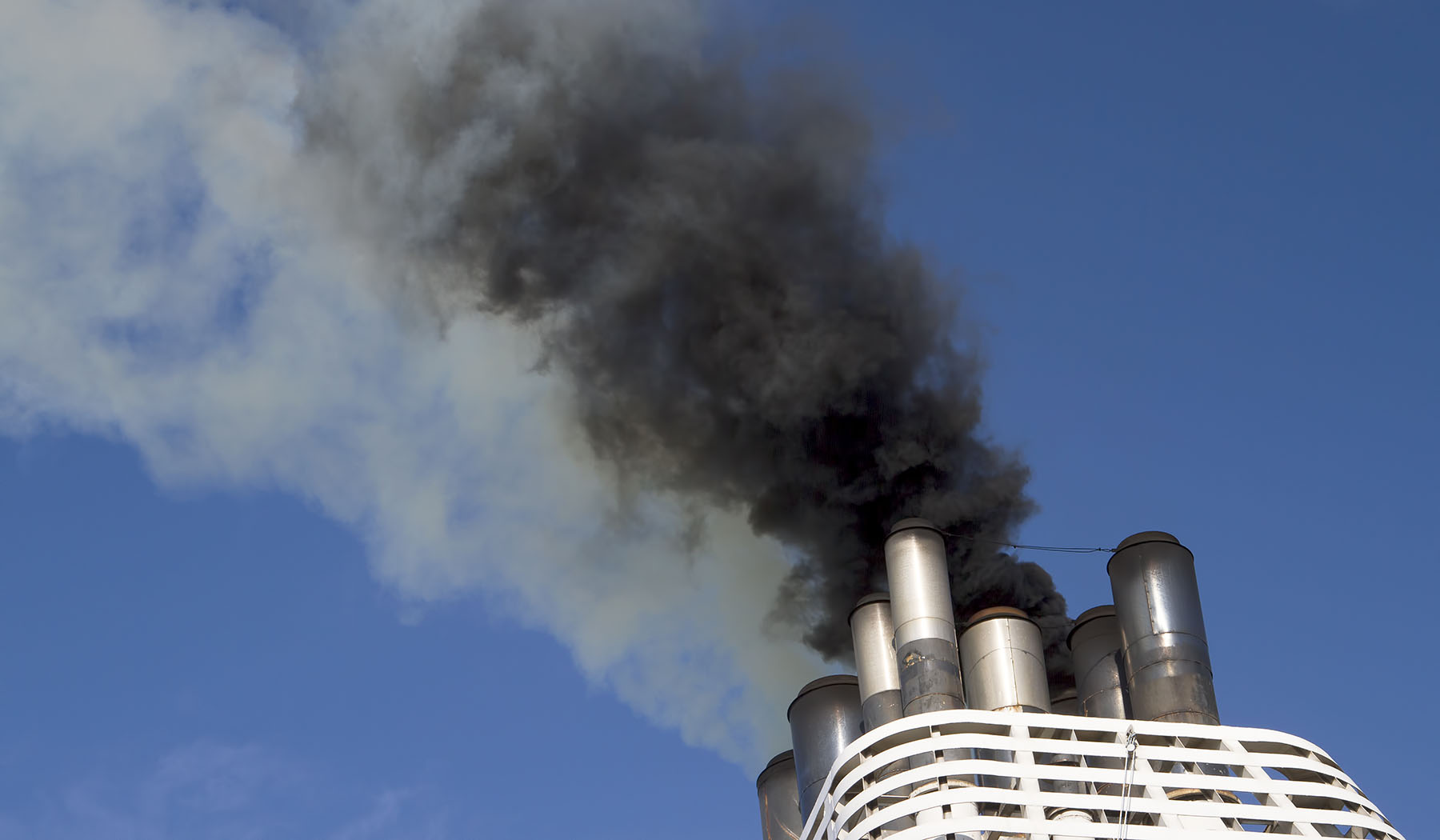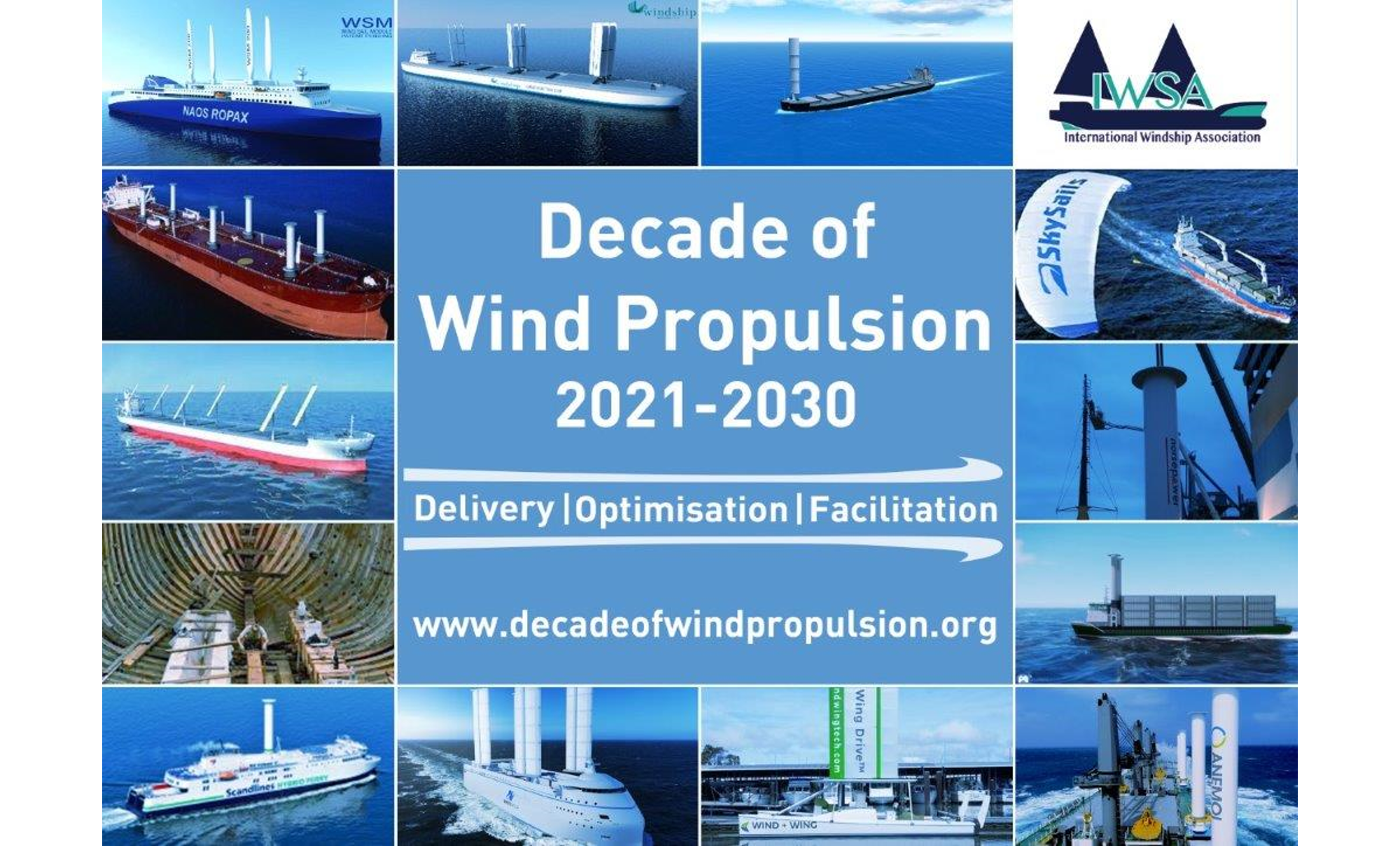Over the past year, there has been increasing interest and media coverage about wind propulsion technologies for the shipping industry, and for good reason. Below we explore just why these technologies are garnering so much interest.
1. Free wind saves on bunker costs!
A key benefit of wind is that it’s a free resource. Wind propulsion technologies harness this free power to propel ships, in some cases requiring low levels of electrical input in order to do so, but the net savings far outweigh the cost of this input.
Once initial investment is made, the operational costs for many wind technologies are low, while the reduction in fuel consumption is high – up to 30% depending on the technology chosen, vessel type, configuration and routes sailed. If initiatives such as carbon tax are widely applied, this has an even greater impact by reducing return on investment.
2. A long-term solution.
Wind is a completely renewable, abundant resource and, thanks to hundreds of years of research, we know a lot about wind patterns. Wind is “predictably unpredictable” meaning we can use what we’ve learnt to optimise wind technology for commercial use today. It has proven its application in the shipping industry, having been used successfully for thousands of years and now, supported by research and modern technology, it works for today’s shipping industry.
Yet a large proportion of the industry are focusing efforts on alternative fuels – hydrogen, ammonia, LNG – which bring a host of uncertainties. Concerns include the possible high “well-to-tank” emissions, which would simply displace the environmental issue; not to mention cost and infrastructure changes.
That said, the fuel savings achieved through wind assisted propulsion apply to any fuel type used, so if and when alternative fuels are widely adopted, wind propulsion would continue to play a significant part in bunker savings. This is particularly valuable as alternative fuels are likely to be in high demand across numerous industries and therefore will be costly to use, thus any consumption reduction from wind would be worthwhile.

3. Positive impact on emissions.
The shipping industry is overcome with talk about the impact it has on the environment, and rightly so given it accounts for approximately 3% of global emissions and this is set to increase if changes aren’t made.
A vessel with wind assisted propulsion can reduce its harmful emissions (CO2, NOX and SOX) by between 5-30%. This is significant, particularly in comparison to other technologies, which are typically somewhere around the 5-15% mark.
4. Helps shipowners towards compliance.
Initiatives such as Energy Efficiency Design Index (EEDI) for new ships, Carbon Intensity Indicator (CII) and the Energy Efficiency Existing Ship Index (EEXI), which is due to be implemented in January 2023, all play a part in reaching the International Maritime Organisation’s emission reduction targets but have left some ship owners questioning how they can achieve compliance.
While the firm methodology for EEXI will not be released until the next MEPC meeting, the current proposals suggest that Rotor Sails will enable vessels to move towards or into the next phase of compliance, in the same way as EEDI.
5. Ready now!
Many wind propulsion systems have a high technology readiness level. A reported 11 large commercial vessels have wind assisted propulsion on board, with more to follow in the coming year. Rotor Sails, for example, have already been installed on various ships including bulk carriers, tankers and ferries. Meanwhile, alternative fuels are some way off being viable for use, and with emission reduction regulations swiftly coming into place, change needs to happen fast.
6. Can be used with other technologies.
It’s likely that decarbonisation within the shipping industry will be a collaborative effort, requiring a combination of various technologies, in addition to alternative fuels.
As well as being compatible with any fuel type, some wind propulsion systems, including Rotor Sails, can be used with other energy saving technologies to further increase vessel efficiency. For example air lubrication, propeller and hull optimisation to name a few.
Anemoi is partnered with Wartsila to package technologies together to unlock the ultimate potential of combined systems.

7. Simple integration.
Wind technologies have the added benefit of being simple to integrate to the ship. Rotor Sails, for example, require only simple deck changes and integration with the ship’s electrical system. From there it is a ‘drag and drop’ of the equipment which takes only a few hours per Rotor Sail.
For Anemoi Rotor Sails, the simple integration means that the technology can be redeployed between vessels, securing the investment in the technology. Anemoi Rotor Sails have a design life of 25-years so if the Rotor Sails are retrofitted on an older ship they can be moved to another vessel once the original vessel comes to the end of its useful life.
8. Suitable for most vessels.
Wind technologies can be installed on tankers, RoRos and ferries. Some technologies, like Anemoi Rotor Sails, can also be installed on Bulk Carriers without impacting cargo handling. Anemoi installed 4 Rotor Sails on the m/v Afros, a 64k DWT Ultramax, which has now been successfully operating for over 3 years with no delays to operation.

9. Modernised technology makes it safe and reliable.
When most people think of wind propulsion for ships, they think of a traditional sail. However, modern day wind propulsion looks quite different, taking on a variety of shapes and sizes. This is because they have been designed to work for modern day vessels.
Take Anemoi Rotor Sails, a unique cylindrical shape is used so the technology can utilise the magnus effect to provide thrust. But more so, the technology has other features you certainly wouldn’t find on a traditional sailing ship. Rotor Sails are also automated to turn on and off in favourable/unfavourable conditions, which reduces the need for crew input. The automatic shutdown feature protects the safety of the ship and crew as Rotor Sails do not lift when they are off and so are inherently safe by design compared to some other solutions.
Anemoi Rotor Sails have also been designed to work for modern day port operations, with optional features which allow the technology to be moved around the deck on a rail, or folded down to also address air draft constraints.
10. Supported by a large community.
The International Windship Association (IWSA), of which Anemoi is a member, is an impartial promoter and facilitator of wind propulsion for shipping. The IWSA recently launched the ‘Decade of Wind Propulsion’ campaign, which seeks to raise the profile of wind within the industry and create a level playing field with the support of all its members, which include classification societies, technology providers and vessel owners.
